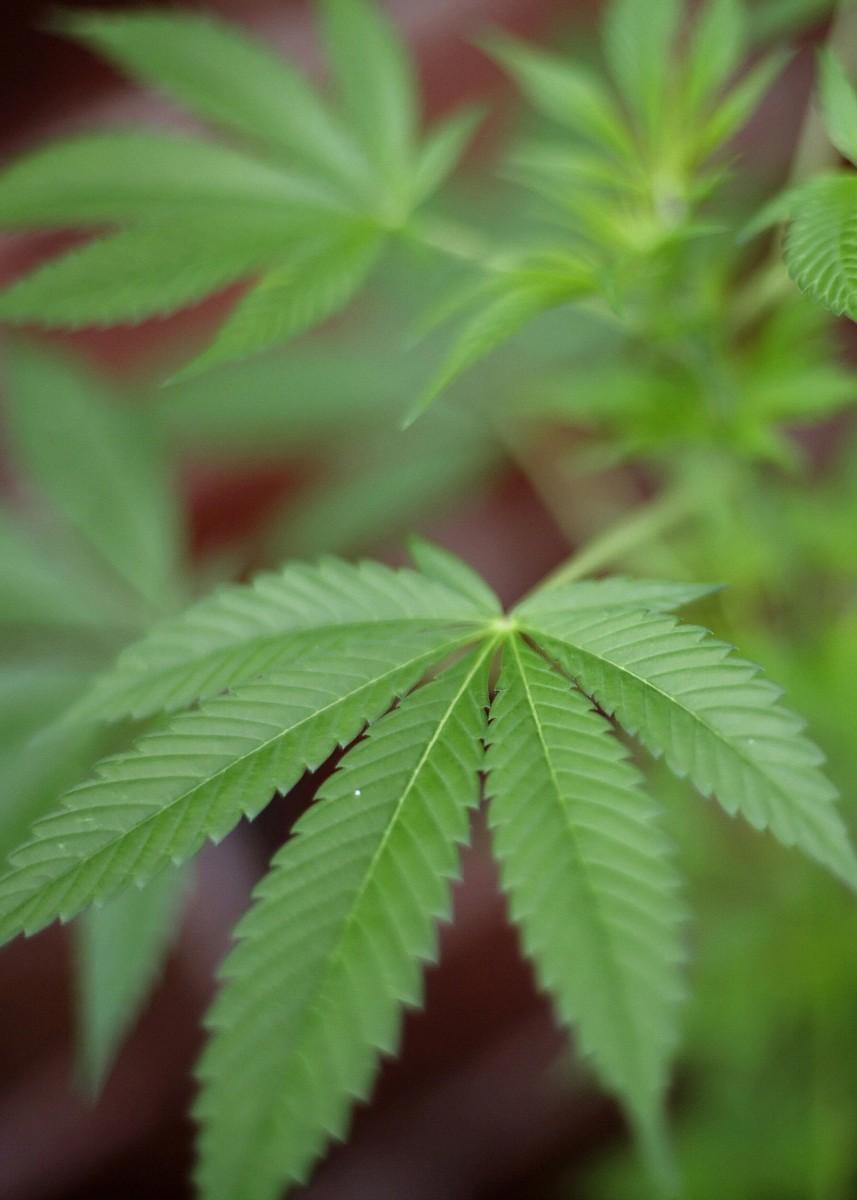As states ease up on marijuana possession laws, police, legislators, and a skittish driving public worry how this trend will impact road safety. Cannabis clearly has an influence on driver performance, but there is a wide range of opinions about how long to wait after the last toke before getting behind the wheel.
The most heated debate is in Colorado, home to some of the nation’s most permissive marijuana laws. Ever since the state voted for decriminalizing cannabis for recreational use last fall, lawmakers and law enforcement have been pushing for a new drugged-driving law designed to better protect public safety. After three failed attempts, the measure finally passed the House Judiciary Committee last month.
To gain a DUI drug conviction under Colorado’s current law—which has a 90 percent conviction rate for suspected drugged drivers—police and prosecutors not only have to establish the presence of an illicit substance, they need to show that the drug effects were strong enough to identify a traffic safety hazard. A blood test can be included, but the prosecution must also show evidence supporting a crime.
Under the new law, the state’s case would rest completely on a blood test, and suspects would be required to prove their innocence.
Alcohol and THC
Critics say that, like many scares associated with cannabis, the rising threat of traffic accidents is politically driven. In a June 2012 analysis from Norway evaluating the road risk of various drugs, marijuana by itself ranked on par with penicillin.
But with more states allowing medical and even recreational cannabis, the federal government has been encouraging safety precautions with tougher restrictions for DUI. To date 14 states have traded their effects-based standard to one that establishes a conviction based on blood test results. A driver impairment law that relies on the presence of a substance is called a per se law.
These per se laws essentially treat cannabis like alcohol, where a blood concentration threshold for tetrahydrocannabinol (THC)—marijuana’s psychoactive chemical—legally determines inebriation. Most states have a .08 blood alcohol per se law to determine if a person is drunk, and a zero tolerance policy for THC, where any amount is justification enough for a DUI conviction and a suspended license.
Just like with alcohol, drivers who test at or above this per se threshold are considered unfit to drive. The recent measure passed in Washington state sets the bar at the high end of the spectrum—five nanograms of THC per ml of blood.
According to Paul Armentano, deputy director of NORML (National Organization for the Reform of Marijuana Laws) traffic violation laws based solely on blood tests have proved to be more about prosecutorial convenience than public safety. In fact, every study evaluating the effectiveness for blood THC shows that they fail to meet their objectives.
“Not one of these studies says that the imposition of these sorts of standards has reduced traffic fatalities or has reduced incidents of DUI,” Armentano said in a phone interview. “Two of those papers are authored by proponents of these proposals, but even they acknowledge that there’s no evidence to show that they actually work, they just like the idea of it.”
At first glance the notion seems to make good sense—especially given the last 25 years of success with alcohol per se law enforcement in lessening traffic fatalities. However, experts say a THC blood test will never produce a similar result because of a fundamental difference in pharmacokinetics.
First, a cop with a Breathalyzer can accurately measure blood alcohol, but not THC. While authorities talk of an oral swab test in the works, right now THC requires a blood test, which by law must be administered by a licensed medical professional, who may not be available for several hours after the initial arrest.
The most important difference with alcohol is that blood THC has proven to be an unreliable measure for intoxication. Unlike alcohol, THC levels are highest upon first ingesting the drug, yet the greatest impairment does not come until about 20 minutes later after blood THC levels have plummeted. While marijuana smoke can leave a few nanograms of THC lingering in the system for 24 hours or more, research has shown that driving ability usually returns to normal in just a few hours.
The National Highway Traffic Safety Administration (NHTSA) says that time rather than THC level is a more accurate gauge for evaluating a safe or unsafe driver. Results from NHTSA’s comprehensive 1993 study (a government trial that put cannabis smokers behind the wheel in both a closed course and in heavy urban traffic) found that driver performance noticeably diminished the first two hours after smoking. Driving skills returned to baseline sobriety about three hours after inhalation, and sometimes even improved.
New Research
For those familiar with the prevailing science, strict THC per se laws have been a hard sell, but supporters argue that the science is changing. A study released in this month’s American Association of Clinical Chemistry looks at chronic marijuana users at a deeper level than before.
Lead author Marilyn Huestis, chief of chemistry and drug metabolism at the National Institute on Drug Abuse, is at the forefront of this new look at THC blood levels. Dr. Huestis has been studying the effects of marijuana for decades, and her latest report observes a trend demonstrated over three published papers.
While the majority of scientists say the effects of marijuana dissipate relatively quickly, Huestis reports that both THC and impaired performance linger in the brains of daily users for weeks after their last puff. The chronic users Huestis observed were still excreting THC from their tissues even after a month of abstinence, and did not respond as well as the control group in psychomotor and divided attention tasks.
“Individuals may say they haven’t used cannabis in a day, a week, whatever—but guess what? Your brain is still recovering and changing from that abstinence,” said Huestis in a phone interview. “Some people might ask what that has to do with real driving ability. Well, now we have data to show that it affects psychomotor impairment.”
Huestis sees support for her work in several studies done throughout Europe, and Australia, but to those familiar with the bulk of the literature, Huestis’s claims have left many shaking their heads—especially considering the influence it would have on policy.
According to Heustis’s conclusions, all regular cannabis consumers—including patients who have demonstrated a medical necessity—would automatically become a traffic risk in the eyes of the law even after weeks of abstinence.
Armentano says that no matter what conclusions are drawn, it still doesn’t change the fact that per se laws for cannabis have consistently proven ineffective in practice. He notes that if the concern is really about better identifying impaired drivers, then the focus needs to be on improving the measure for impairment.
Just like with the roadside sobriety tests that police use to identify drivers who are too drunk, Armentano says that similar tests have been developed in Australia and the Netherlands to correctly identify those who are too high.
Armentano said that everyone would be better off if Huestis used her current study to promote these techniques rather than blood tests.
“What I don’t understand is why when the public, and the cops, and the politicians say that they’re concerned about performance, but then jump straight into detection tests, and we never talk about impairment tests,” Armentano said. “That’s what’s missing in this entire conversation. If we’re concerned about tests for performance then lets have tests to show impairment. Let’s not go and amend the law to create a new traffic safety statute as acknowledged by proponents of the statute to be divorced from impairment.”
The Epoch Times publishes in 35 countries and in 21 languages. Subscribe to our e-newsletter.







